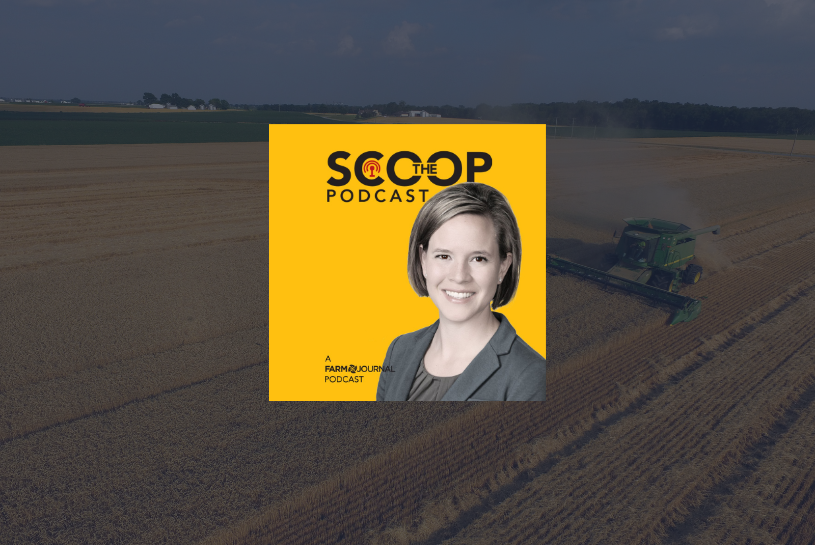Matt Wehmeyer, Vice President at AgriMaxx Wheat, is encouraging farmers and their retailers to push for 100 bushel dryland wheat.
What have been the biggest changes to your business in your 12 year career?
Digital ag is huge–access to information is huge. Also, yield expectations at the farm level are higher. It’s evolved in so many different ways which is good, and it’s interesting to think what is it going to be like when our kids are farming. It’s wild to try to reach out there in the future and think what is to come yet.
What’s one new thing you’re really encouraging farmers to try in the 2022 growing season?
For wheat, I encourage growers to find something new that you haven’t done and implemented on your farm and see if there’s a success. Each operation is going to be different. So we’ve encouraged farmers to look at nitrogen for example. Have you been using sulfur, and if you’ve not been using sulfur, that’d be a great addition to your nitrogen program with some of the synergies that occur. If you haven’t been using fungicide let’s take a look at utilizing fungicide. And there’s a lot of products that you can be looking at first, particularly at early bloom when it’s flowering the return on investment is significant. Also, doing tiller counts helps you assess the crop and stage nitrogen properly.
We’re trying to encourage growers to do something new because that’s really going to move the needle on yields. You have to control the controllables–don’t let anything come in and take yield off the table.
What about input costs and wheat?
The good news is although costs are higher for the big expense items like fertility and some crop inputs, wheat prices are up. So as we’re looking at an extra $100 an acre in input costs, wheat has gone up. While some may want to shave off some expenses, if it comes at the sacrifice to yield, it’s better to stick with our game plan.
What is the 100 Bushel Wheat Club?
Wheat has a phenomenal top end yield potential 200 to 250 bushels per acre. At AgriMaxx Wheat we are working with growers to continuously improve yields and celebrate those who can achieve 100 bu. wheat. Some talk about intensive management. I’ve coined the term ‘intentional management.’ It’s not always about spending more money. It’s having a game plan and being intentional about the when the how, why, and what we’re doing. It’s about controlling the controllables whether its variety selection, stands and uniformity, proper fertility, diseases, insects, and all the yield robbers out there/
What are common missteps that can be corrected to elevate wheat yields?
It depends on the year. And let’s face it, for dryland wheat, you have to get rain. But some things do happen frequently enough they can be targeted, such as aphids and scouting for those to avoid a 20 bu. loss. Another example of managing threats are stripe rust and fusarium head blight—know hybrid susceptibility, scout your fields.
What are you watching this year?
Weeds are going to be an issue this year. With warmer temperatures through the early winter we are seeing higher weed pressures. Farmers can’t let that come in and take yield off the table.
Listen to the podcast at thedailyscoop.com






